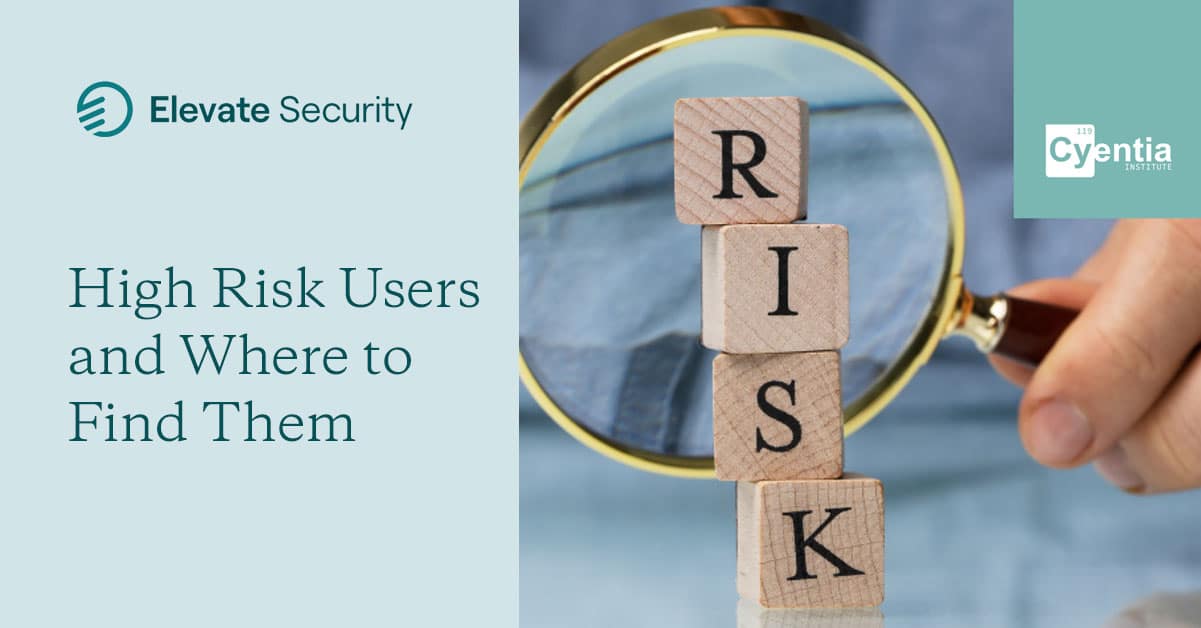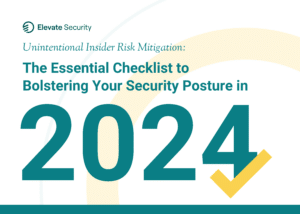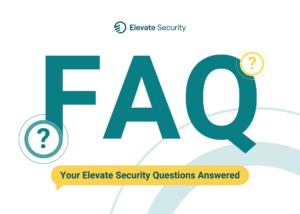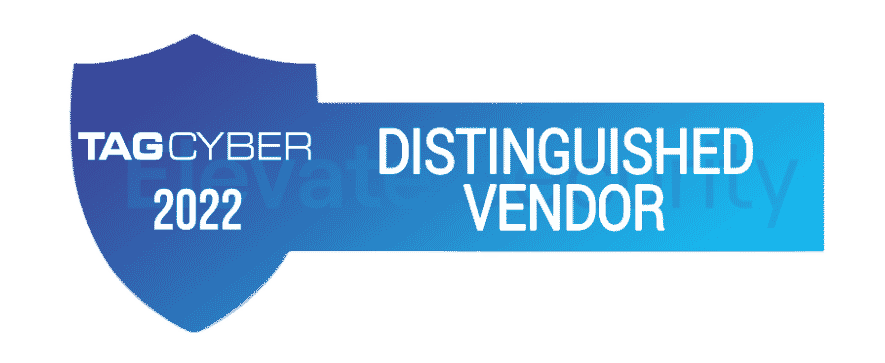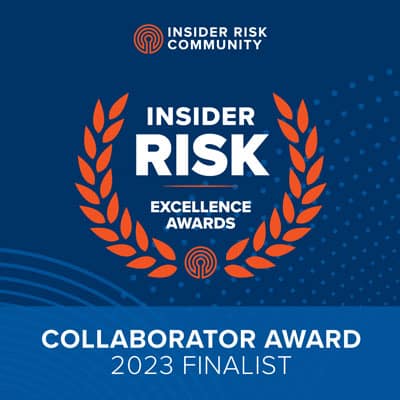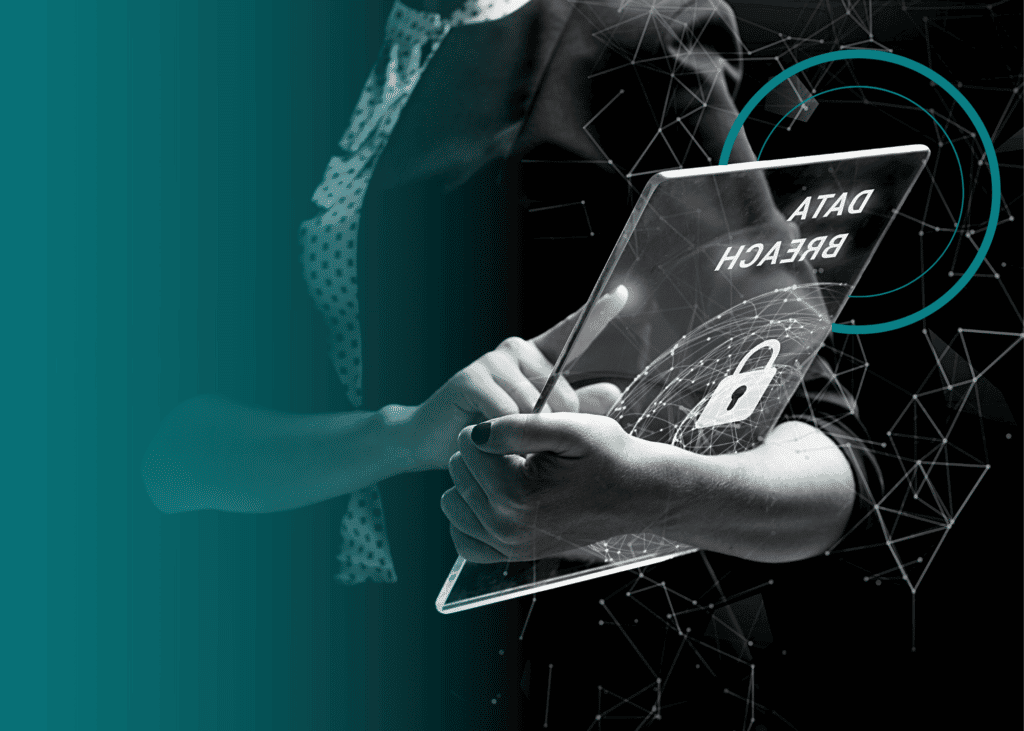
Cyberattacks have become more and more frequent with each passing year, and there is no sign of this trend slowing down. In fact, there were 50% more attack attempts per week on corporate networks globally in 2021 compared to the year before. And with 43% of data breaches involving internal actors (including employees, contractors, and third-party suppliers), organizations need to get serious about mitigating risk. But how can you mitigate risk without knowing the risk level of your users?
Human risk scores act similarly to credit scores, providing security teams with heightened visibility of the cyber risk represented by each worker in an organization. This score rates workers on a scale from 0 to 10, with 0 being low risk and 10 being high risk.
With human error causing 95% of cybersecurity breaches, it is paramount for security personnel to understand the human risk of their organization on an individual, departmental, and company-wide scale. They can use the human risk score to make data-driven decisions and automate controls based on risk to prevent data breaches and strengthen an organization’s security posture. With the right risk mitigation technology, security teams can tailor security controls to each individual’s risk, ensuring that each worker has the appropriate level of protection.
Let’s dive in to learn more about human risk scores and discover how they can help your organization prevent data breaches and other cyberattacks.
The Components of a Human Risk Score
The two core tenets of human risk—actions and attackability—indicate the level of risk that users bring to an organization. Below, we will explore these components as they relate to user risk within enterprises.
Actions
Actions consist of the tasks that workers complete—either good or bad—that contribute to their risk level. For example, downloading malware and mishandling sensitive information cause higher risk, while reporting a phishing email lowers a user’s risk score. The best indicator of the present is the past, which is exactly why human risk scores factor in a user’s previous actions. For example, if an employee has clicked on several suspicious links within phishing emails, then it’s more likely they’ll do it again in the future.
Attackability
Do some employees at your company receive more phishing emails than others? A user’s attackability refers to how frequently a user is targeted by phishing and malware attacks compared to others. Whether these attempts are successful or not, frequently targeted individuals have a naturally higher risk, so it’s vital for organizations to have visibility and apply risk-adjusted controls.
Where is the Data to Create a Human Risk Score Derived?
The right technology, like Elevate Security, can create risk scores by aggregating data from multiple systems and technologies. The Elevate Security Platform integrates with vendors and popular security enterprise technologies to aggregate data for a full picture of company-wide risks. Looking at user behaviors across applications and systems helps security architects identify the actions that increase the human risk score. Does their risk lie within their email and phishing schemes, or are they more likely to download malware? By deriving data from user actions, security architects can answer all of these questions and more about insider user risk.
How to Leverage Human Risk Scores to Prevent Cybersecurity Incidents Proactively
With just 38% of global organizations claiming they can handle a complex cyberattack, enterprises with knowledge of their human risk scores are already a step ahead. After pinpointing risky users, you can adjust your organization’s security controls to match each user’s specific human risk score. Deploying additional login challenges for users with high risk scores or adding additional control policies for your riskiest users can also proactively prevent cybersecurity incidents.
For instance, say an employee with a human risk score of 8 receives a phishing email attempt. Based on their HRS, you would assume that they’ll be more likely to open the email and click on unsafe links. To mitigate this risk, you can automatically adjust controls on this user’s account, placing stricter restrictions on their email filtration, for example. This better protects the user and strengthens your business’s cybersecurity posture.
We can see from our example that human risk scores accurately predict and protect your systems from cyberattacks and data breaches. With the right technology, like Elevate Security, targeted controls prevent users from allowing threat actors into your networks through dangerous links or other means.
Final Thoughts
Why deal with the aftermath of costly data breaches when there is technology to prevent them entirely? With data breaches exposing 22 billion records in 2021, now is the time for security architects to focus on mitigating insider risk. The right technology, like the Elevate Security Platform, proactively prevents cyberattacks by identifying and helping to implement targeted controls on risky users. By limiting these users’ risk, your organization as a whole can improve its risk posture. Human risk scores provide much needed visibility into insider risk, while automated alerts and controls keep security architects one step ahead of cyberattacks at all times.
Check out Episode 6 of the Friendly Fire Podcast, “The True Need For Cybersecurity: Creating A Secure World In The Modern Era With Dr. Ed Amoroso” to learn more about improving your organization’s security posture!
